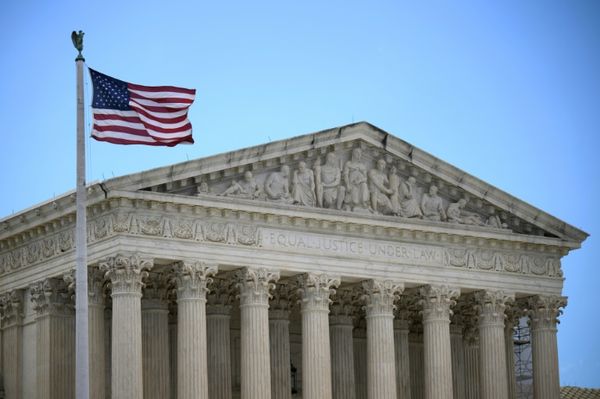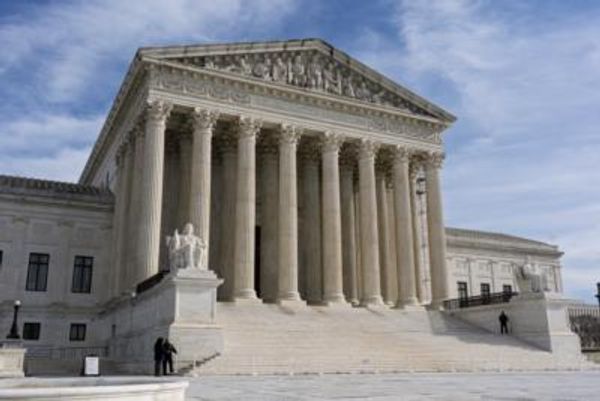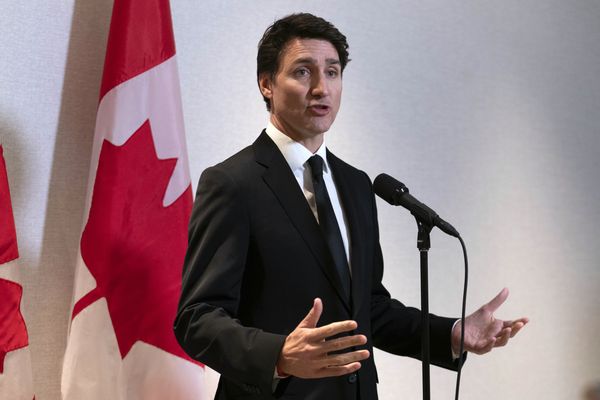
North Korea unveiled a massive new intercontinental ballistic missile Saturday at a parade commemorating the 75th anniversary of the founding of the Workers’ Party of Korea, a signal to Washington that the regime is committed to advancing its long-range strike capabilities despite years of on-again, off-again diplomatic outreach with the United States.
The new missile, which capped the early-morning military parade, is believed to be one of the largest liquid-fueled, truck-carried ICBMs in the world, potentially with the ability to carry multiple nuclear warheads as far as the continental United States.
“It’s very worrisome,” said Bruce Klingner, a former CIA Korea deputy chief, now at the Heritage Foundation. He noted that North Korea had also shown the ability to make more and bigger launchers for the new missiles.
“And that’s a worrisome development because it would enable North Korea to deploy more ICBMs, which would give it a larger first strike or second strike retaliatory nuclear force,” he said.
While larger and more capable than its predecessor, the Hwasong-15, the new missile is still liquid-fueled, which makes it more vulnerable than solid-fueled rockets at launch. Still, its rollout serves a double-barreled purpose.
“It’s a warning to [U.S. President Donald] Trump that, if he’s reelected, he should restart negotiations with North Korea, and then at the same time, it’s a message to [Democratic nominee Joe] Biden that North Korea should be placed at the top of Biden’s international policy priorities,” said Go Myong-hyun, a senior fellow at the ASAN Institute for Policy Studies in Seoul.
“Kim Jong Un is very much invested in a personal relationship and diplomacy with Trump, so he’d like to see Trump win. But if they think there’s a higher chance of Biden winning, then they have to hedge their bets, so that means rolling out the new ICBM,” he said.
The parade also showcased advances in North Korea’s conventional capabilities, including new body armor and a new main battle tank.
Unlike in years past, North Korea played it coy with this year’s parade, holding it under the cover of darkness at midnight when satellite imagery is less effective and when any foreigners in the capital would likely be asleep. Observers who tuned into North Korea’s state broadcaster Saturday morning saw recycled documentaries about Kim Il Sung, Kim’s grandfather and founder of the nation itself. That gave the regime the ability to show only edited images of the parade rather than a direct feed, allowing editors to highlight the human aspects of the parade, such as onlookers and soldiers crying during Kim’s speech.
The parade offered the regime a way to showcase new capabilities without overstepping any international red lines by carrying out testing. Kim in his speech avoided any reference to the United States and stressed that the growing arsenal was meant for defensive deterrence.
The U.S. government’s initial reaction to the new missile systems was muted and left the door open to future negotiations on denuclearization following Trump’s face-to-face summits with Kim. “We are aware of reports related to the parade. Our analysis is ongoing, and we are consulting with our allies in the region,” said John Supple, a U.S. Defense Department spokesperson.
“It is disappointing to see the DPRK continuing to prioritize its prohibited nuclear and ballistic missile program,” a State Department spokesperson said. The spokesperson added that the United States “remains guided by the vision President Trump and Chairman Kim set forth in Singapore and calls on the DPRK to engage in sustained and substantive negotiations to achieve complete denuclearization.”
But the parade wasn’t directed only at Washington. The massive display of power was equally aimed at reminding the North Korean people of the power of the regime in Pyongyang, after a trying year in which the pandemic left the country even more isolated than usual, sanctions are biting, and several typhoons have hammered rural regions and raised fears of food insecurity.
“These parades, you see people, mass organizations of citizens, military units, and so forth, and for them it’s a sense of pride and nationalism. And for the people in the countryside, that’s a big deal to them,” said Daniel Pinkston, a lecturer at Troy University residing in Seoul.
“I think that domestic signal is a part of the measures taken by the regime to stay in power,” he added.
That’s why the parade celebrates the founding of the Workers’ Party and three generations of Kim family achievements, rather than the nation’s birth: Kim’s hold on the country is indelibly tied to the party’s continued control.
“It represents the nature of the regime, like other communist regimes. That’s why the celebration of the party’s founding is more important” than the nation’s founding, Go said.
Update, Oct. 10, 2020: This article was updated to include comments from a State Department spokesperson.







